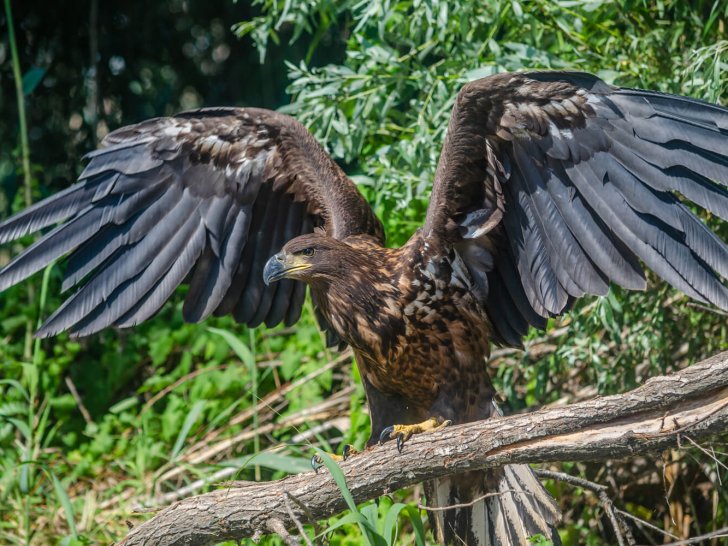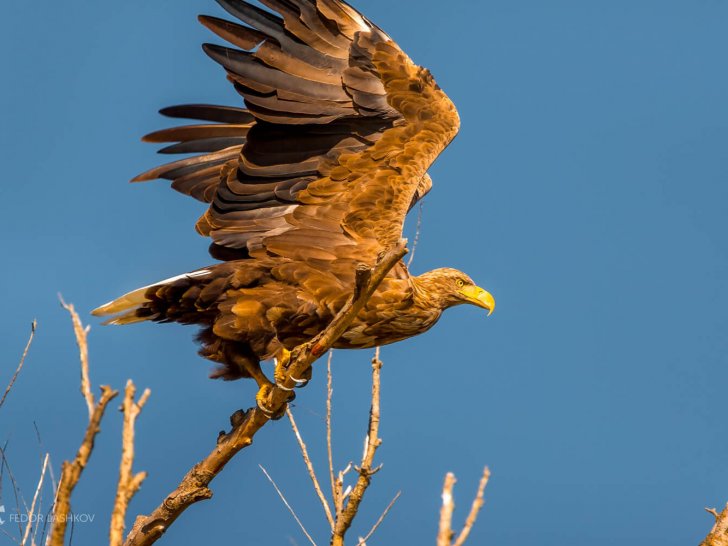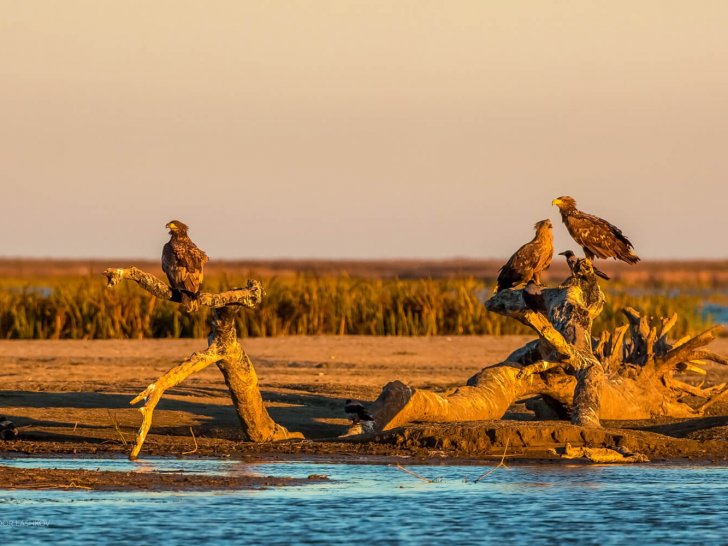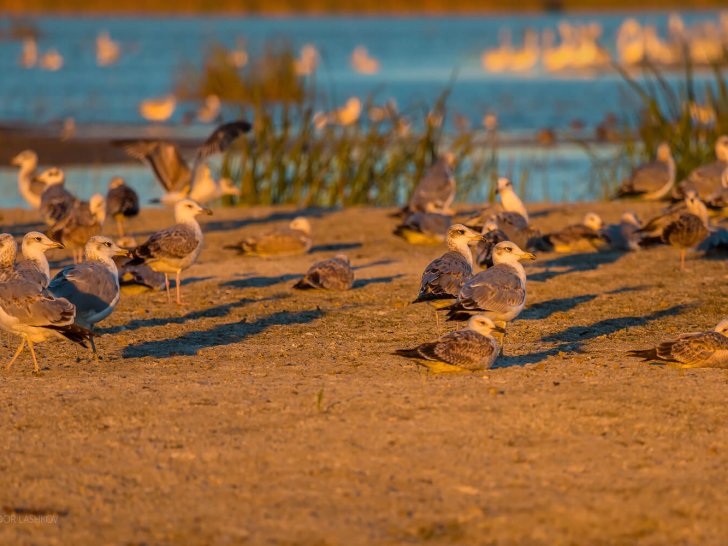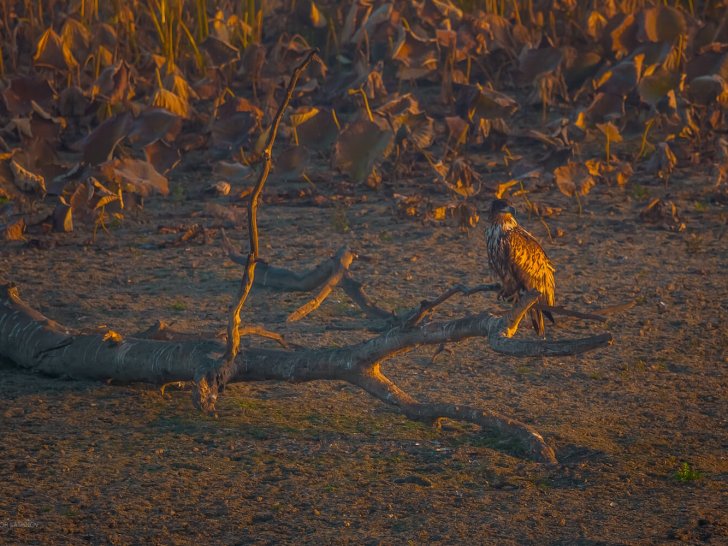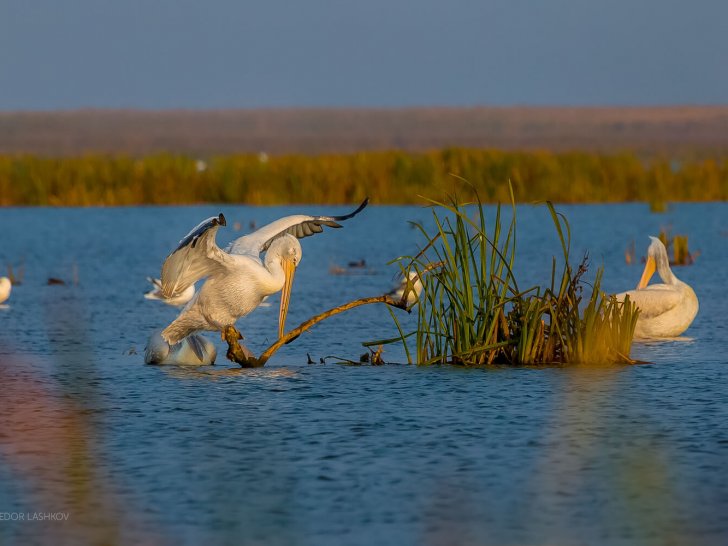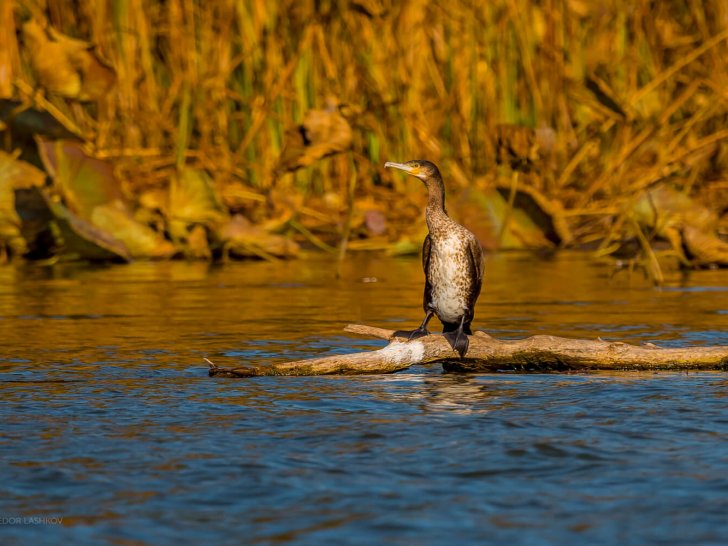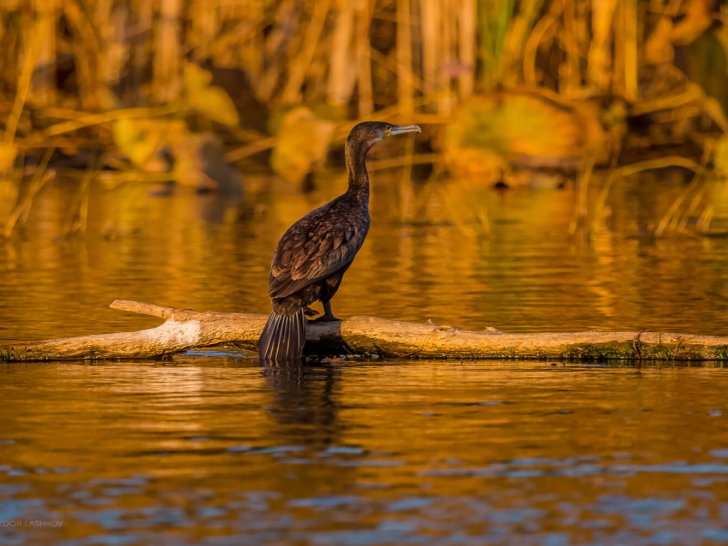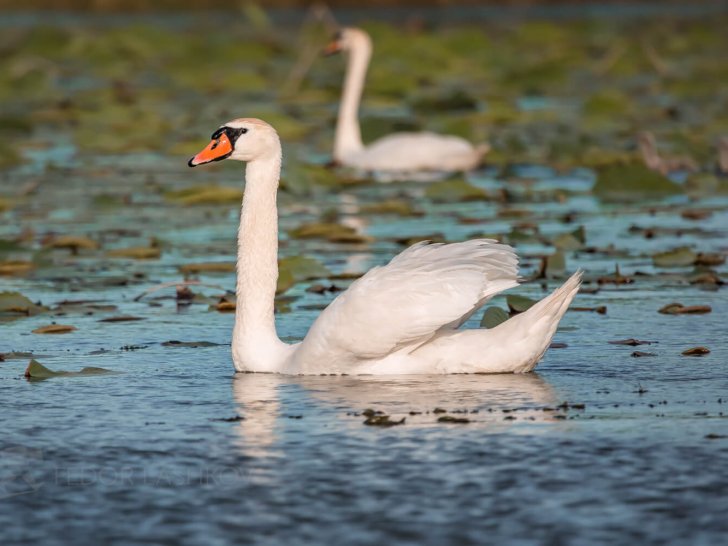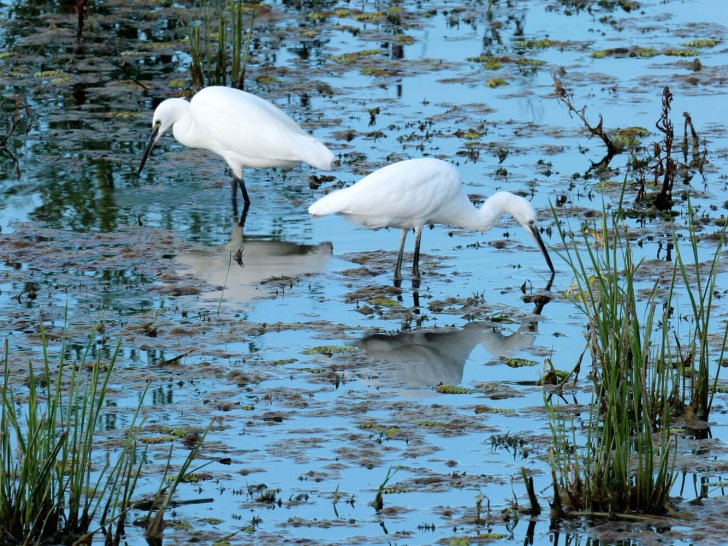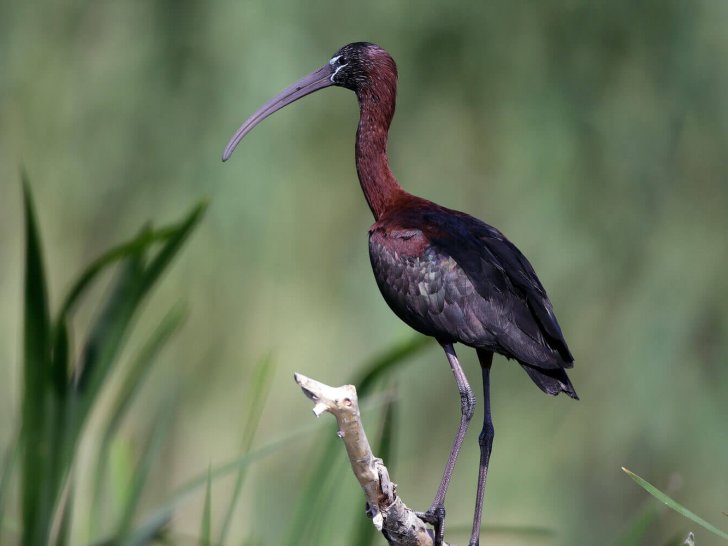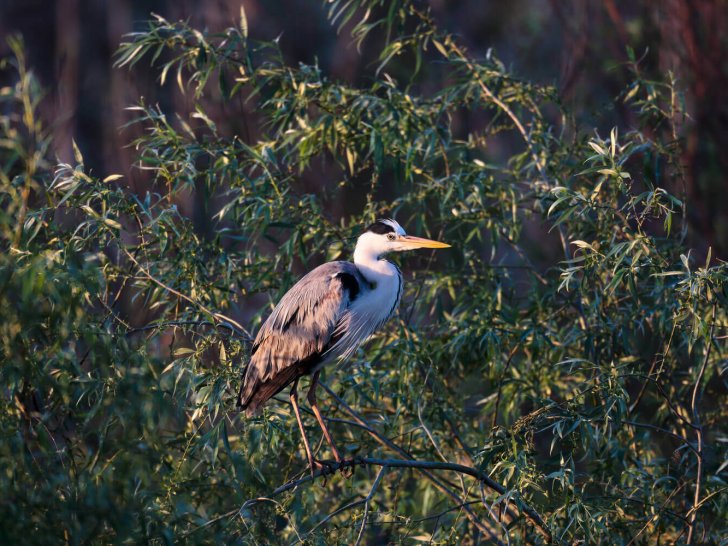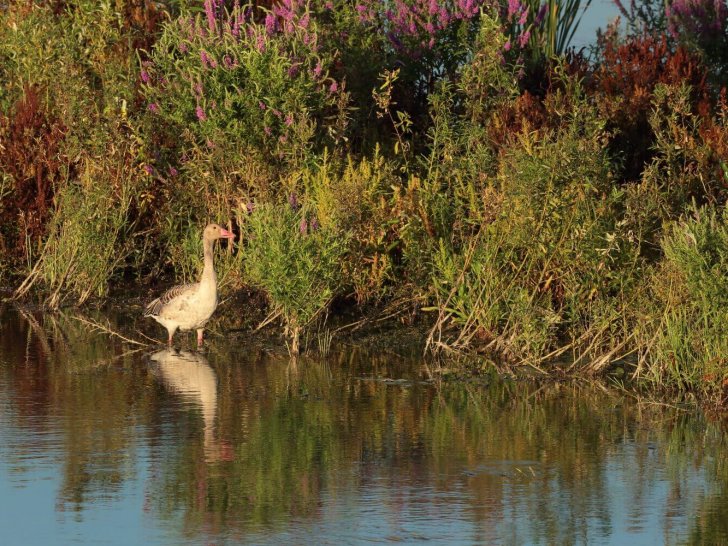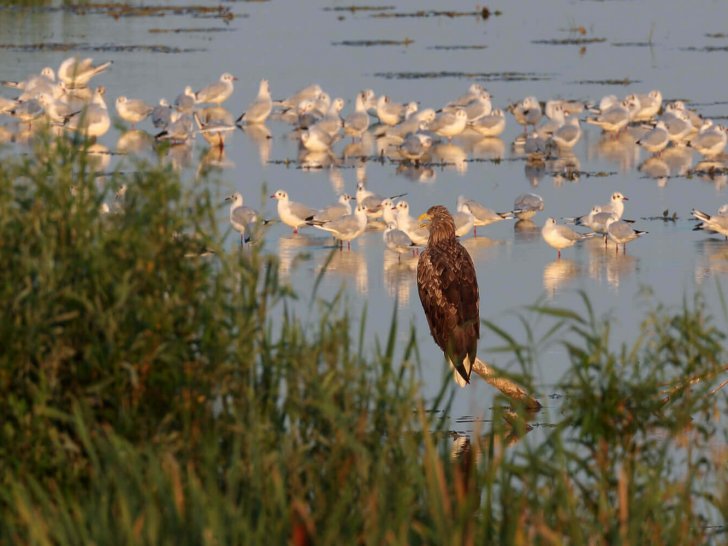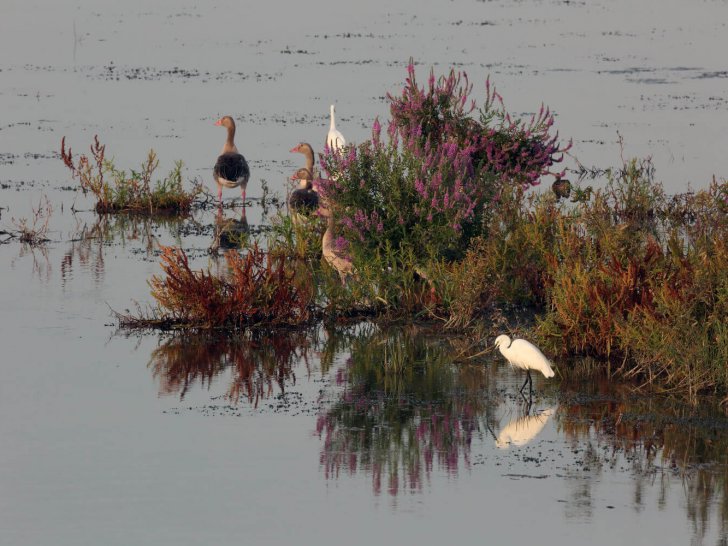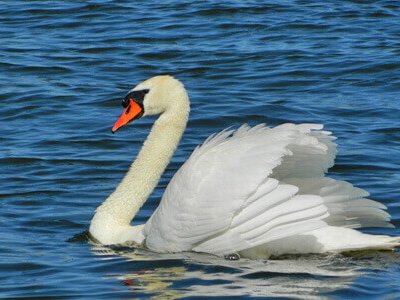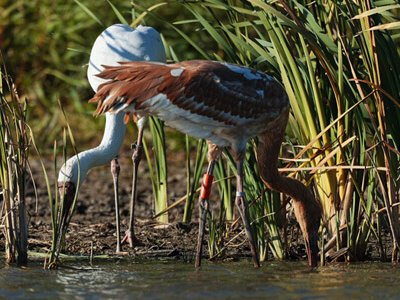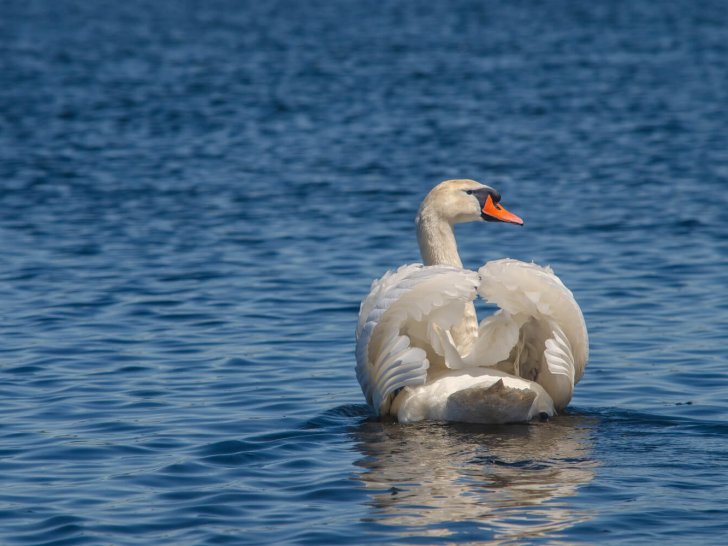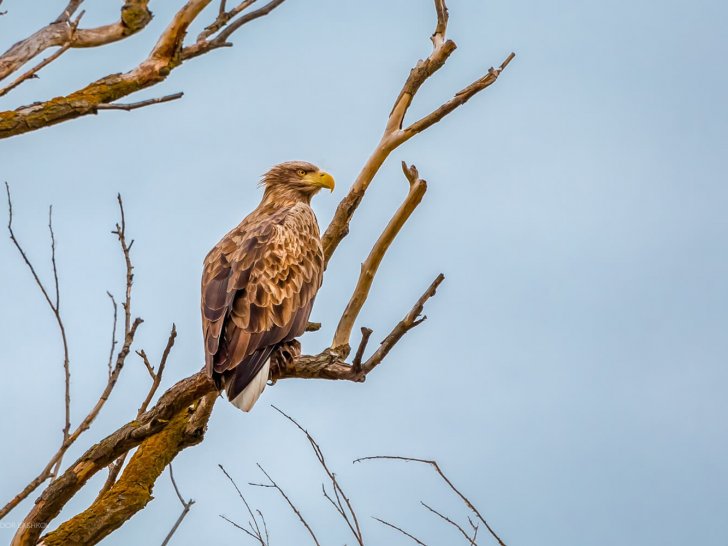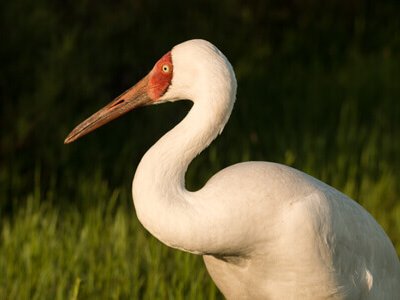
Astrakhan Reserve is often called a “bird hotel.” Currently, more than 300 avian species live here, among which many are rare or endangered. The Volga delta is one of the most important areas of mass congregations of birds, especially during seasonal migrations. The reserve’s bird population is numerous and diverse, making the location of Astrakhan Reserve unique. There are high concentrations of waterfowl and shorebirds.

Swans predominate during periods of migration and are renowned for their brilliant white plumage. Prior to the reserve’s creation swans had almost disappeared from the Volga delta, but their population has since rebounded. There are huge clusters of migratory birds in the Damchik section of the reserve (southwest part of lower delta). Here the aquatoria become free of ice early in the spring, and the rivers there are the last to freeze in winter.

Among local avifauna, wetland birds prevail, nesting in trees or reed beds. Forest-dwelling birds inhabit meadow ecosystems. Colonies of herons, which nest in willow gallery forests, are of interest, and there are abundant copepods. In some colonies in the reserve can be found nesting together gray, yellow, great and small white herons, spoonbills and occasionally Egyptian herons. Great cormorants nest separately and form mixed colonies with herons. These birds feed in the sea and its bays.

The Master of the delta is the white-tailed eagle. The body of this large bird of prey is 70-90 cm. in length, with a wingspan of more than two meters. With its distinctive white tail this bird is the fourth largest in size in Europe. It reaches maturity only at five years of age. White-tailed eagles perch majestically on tree branches and soar in the sky in search of prey. They have no fear of visitors and give the impression of being the reserve’s owners. No one remains indifferent to the majestic appearance of these birds.

Curly pelicans nest in the delta. The name derives from the curly feathers on the crown of the head and nape of the neck. These feathers are sometimes even referred to as a “mane.” Their body length reaches 180 cm., with a wingspan of more than three meters. Curly pelicans are larger than pink pelicans, with white plumage and light yellow throat sac, which turns reddish-orange during the mating season. In flight curly pelicans are reminiscent of prehistoric pterodactyls.

All these birds are only a small part of the extensive and diverse avifauna of the reserve. People can spend several days observing them. The avian world reveals its secrets only gradually, and then only to quiet and patient visitors, who may see very rare birds if they follow the guidelines.

The Volga delta is one of the most important areas of Eurasian bird concentrations at times of seasonal migrations. At Astrakhan Reserve the numbers of migrating waterfowl and shorebirds are especially high: Anseriformes (geese), 14 species; Limicolae (sandpipers), 25 species; Laridae (gulls), 7 species; and Ciconiiformes (storks), 11 species. Migrations occur during nine months (March-November). In addition to the traditional spring and fall migrations, in the reserve and throughout the delta certain species occupy summer molting areas prior to the beginning of the main autumn pass (Anatidae – ducks, and Haematopinae – oystercatchers
119, Naberezhnaya reki Tsarev, Astrakhan, Russia, 414021abnr_intour@bk.ru


